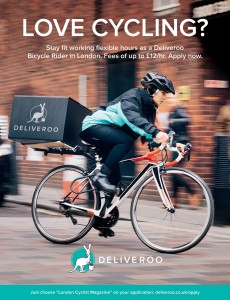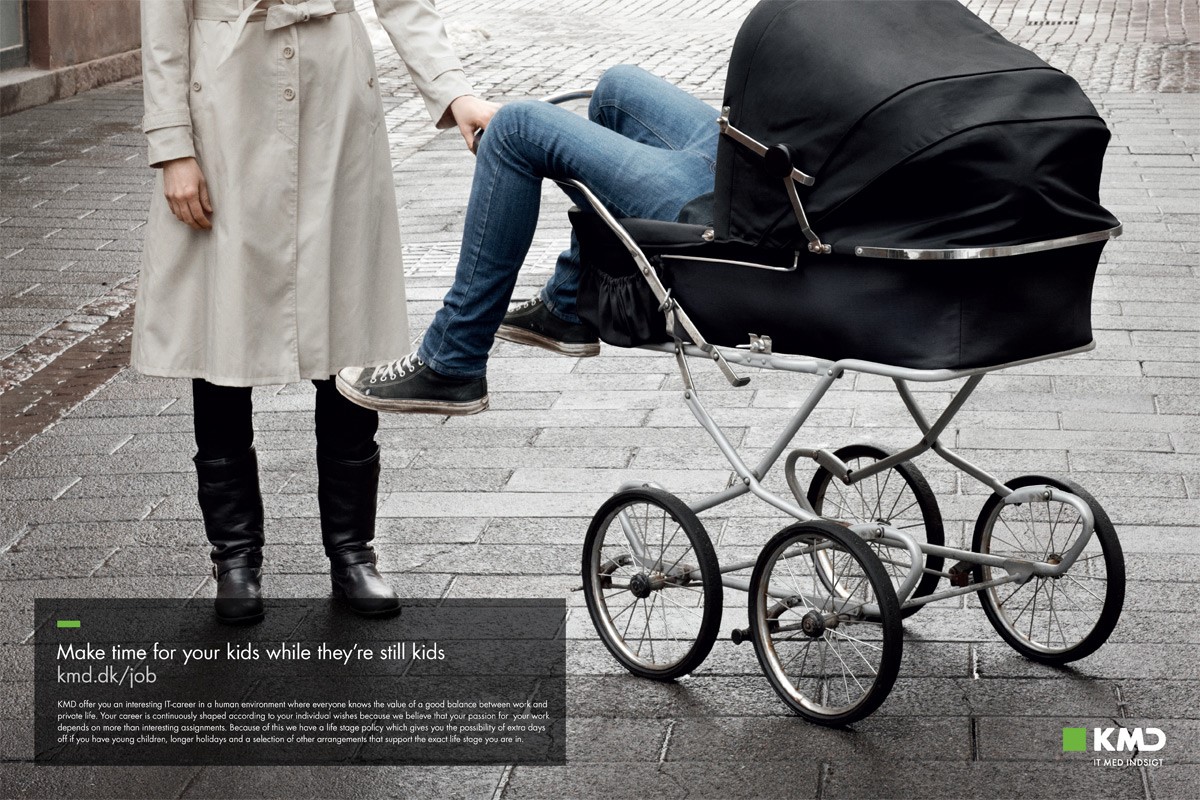Make sure your job ads cut through the noise in 2018
19th December, 2017

What can you say in six seconds? Not much. Yet, that’s how long how jobseekers spend scanning a job ad.
In the war for talent, can you afford to have your job ad look and feel like everybody else’s?
According to Indeed.com January always sees a surge in job searches, with 50 percent of Australian workers thinking about making a career change in the new year.
The new year brings with it the chance to ramp up and hire the people you need so you can kick your goals.
So how do you make sure your job ad stands out from the crowd? We’re glad you asked.
Know your audience
Have a clear picture of who you want, then you can get to the heart of why they would be interested in working for you.
Then you can think of how best to appeal to them and the ‘what’ ‘where’ and ‘how’ of your ads.
Take the hospitality sector, for instance.
According to Indeed.com 70 percent of the lower end of hospitality positions don’t get filled within 60 days.
A study by Seek.com found the most attractive driver for hospitality workers is work-life-balance and long-term flexibility.
Armed with this type of knowledge, you can lead by highlighting the ways you offer this.

Looking for problem solvers? Give them a problem to solve
On the hunt for the best in software engineering talent, we experimented with a technique pioneered by the likes of Google and Microsoft.
We created an ad which gave coders a link and a problem to solve.
After all, there’s one thing that great developers love and that’s a challenge to solve.
If they solve the code, we generally have no hesitation bringing them in for an interview because (oddly enough) we know the applicant can solve problems.

Get social, act visual
If you stick to ‘rules’ – role description, required experience and company blurb — your ad might get lost amongst all the noise.
Instead, consider making your job ads more visual.
You don’t to need to be a design aficionado to create interesting visual elements: you can use sites like Canva.com, Getstencil.com and DesignBold.com to create your own images for posting.
Many companies are taking this to the next level and creating videos to give potential applicants a taste of what it’s like to work there – rather than putting them through reams of text.
While job boards are tried and true, more and more companies are heading to social media to post their job ads.
For example, at MYOB we’ve experimented with using only an image and a few words calling for applications on Twitter.
To increase its findability on Twitter we use hashtags to show where the job was located, and what it was.
This was also successful in upping application rates – and ultimately being able to find a good hire quicker than normal.
We’re on the hunt for super UX Designers in #Melbourne, #Sydney & #Auckland!
— MYOB (@MYOB) April 17, 2014
Social media can reach people outside those who are actively looking on job boards, and can be easily shared.
LinkedIn caters to sales and professionals while Instagram is great for creatives, foodies, fashionistas and health enthusiasts.
Facebook is good, especially if you’ve already got lots of followers, for local and casual positions.
Speak like a human!
Pictures and clever visual design will only get you so far though – eventually you’ll need to describe the position using words.
This is where a lot of hirers fall over, using highly formal language to communicate what should be a simple idea.
“Our company is seeking a suitably qualified candidate to assist and enable our plans of future betterment” seems like it would be at home in the 19th century.
Capture the personality of your business by thinking about how you speak on a day-to-day basis, and avoid using words you don’t normally use.
Keep it simple, as sometimes saying less is more compelling — inviting them to want to know more.
If they want more detailed information, you can always put that on your website.
Remember, a job ad is just that – an ad.
It’s all about getting people curious, and getting them through the door.
Best in show
Here are a few ads we’ve picked out that demonstrate a deep understanding of their audience, are highly visual, and use engaging language to get people curious.




